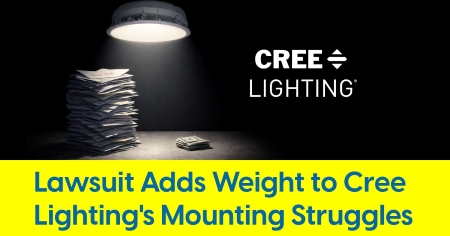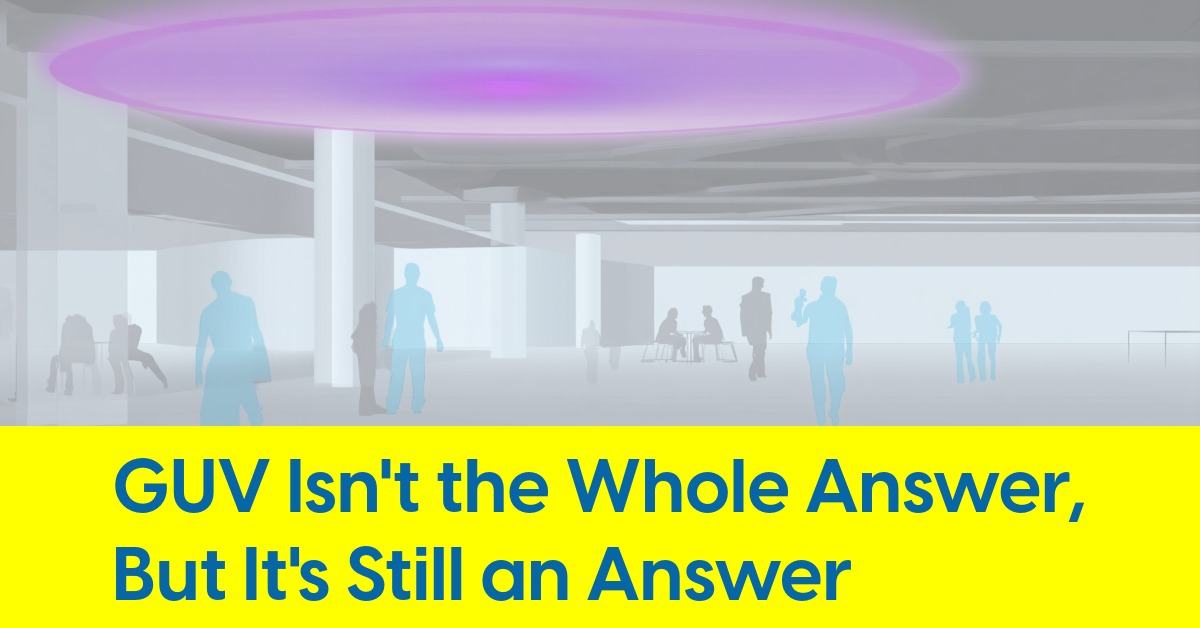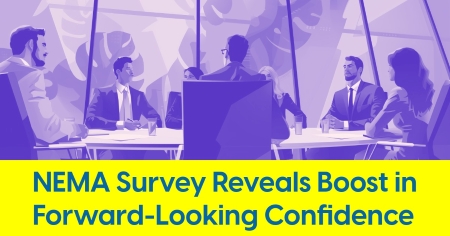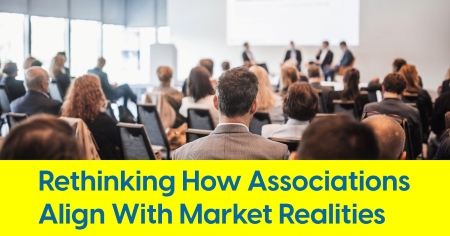May 4, 2024
5 Things to Know: Week Ending May 4

If you can't see Heineken's star, it's probably not the beer goggles. Plus, UV lights help create a whole new ballgame.
Here's a roundup of some of the week's happenings curated to help lighting people stay informed.
1. Heineken's Signature Star Used in Dark Skies Messaging
It's not unusual for high-profile global brands to engage in messaging and causes that are philanthropic and humanity-positive. However, it's uncommon to see a global brand as large as $38 billion Heineken invest in messaging related to a topic like dark skies and light pollution.
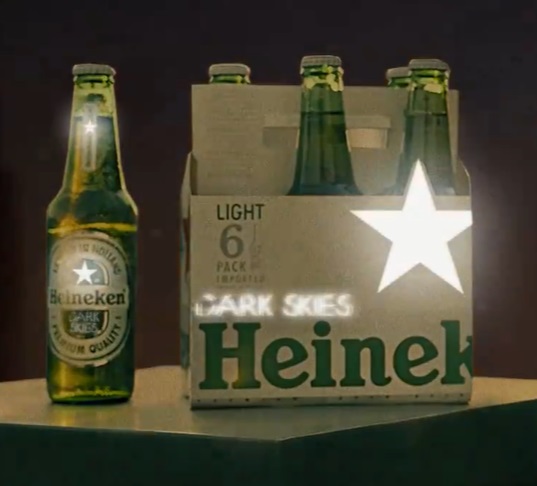 D&AD, an organization that recognizes impactful advertising, recently awarded Heineken a Wood Pencil award for a 2023 campaign aimed to raise awareness of light pollution. D&AD Impact Awards celebrate creative ideas that make a positive difference in the world.
D&AD, an organization that recognizes impactful advertising, recently awarded Heineken a Wood Pencil award for a 2023 campaign aimed to raise awareness of light pollution. D&AD Impact Awards celebrate creative ideas that make a positive difference in the world.
To highlight the issue of light pollution, Heineken reportedly ran a campaign in the UK where it concealed its signature star on 6-packs. The star only glowed in the dark, resembling stars visible at night in a light-polluted world.
2 . Bay Area Icon to Be Illuminated Again
The lights on the iconic San Francisco–Oakland Bay Bridge, one of the longest bridge spans in the United States, are set to return after a year of darkness, thanks to recent fundraising efforts by Illuminate, a nonprofit organization. Known locally as the Bay Bridge, the bridge serves as part of Interstate 80, connecting San Francisco and Oakland and carrying around 260,000 vehicles daily on its two decks.
As reported by Michael Thomas of KRON4, Illuminate had to turn off the Bay Bridge lights in 2023 due to a lack of funding, but recently secured $11 million through crowdfunding. The funds will bring back the Bay Bridge lights, now featuring 50,000 LED lights—twice the original amount — and making the lighting visible on both sides of the bridge.
Originally installed as a temporary two-year exhibit, the lights stayed on for an entire decade before going dark last year. The Bay Bridge lights are expected to have a minimum life expectancy of 10 years, which ensures they will brighten the skyline for at least another decade. A grand lighting ceremony is planned for March 2025.
3. Design Firm Acquisition: WSP buys AKF
Montreal-based WSP Global has acquired AKF Group, a New York City-based engineering design firm. AKF, formerly known as Atkinson Koven Feinberg Engineers, operates across ten eastern U.S. cities, as well as Minneapolis and Mexico. Notably, the firm has an award-winning lighting design studio branded as Lightcraft. With the acquisition, WSP aims to strengthen its technical expertise and expand its footprint in high-demand markets such as healthcare, technology, and mission-critical facilities.
This acquisition aligns with WSP's strategy to grow and diversify its Property and Buildings team in the U.S. Alexandre L’Heureux, WSP Global's President and CEO, emphasized the importance of combining their practices to accelerate growth in complex building sectors across the nation.
WSP is one of the largest professional services firms globally, generating over $10 billion in revenue in 2023.
4. UV Radiation + Baseball = Cosmic Baseball
As reported by Wayne Covil of WTVR CBS 6, the Tri-City Chili Peppers, a minor league baseball team in Virginia, are pioneering a unique way to captivate fans by implementing special lighting technology for cosmic baseball games. They have installed over $100,000 worth of black lights at Shepard Stadium to illuminate the field in ultraviolet light, creating a visually stunning atmosphere for both players and spectators. The groundbreaking initiative required six months of research and development to ensure that the stadium, uniforms, and equipment were ready to glow under the UV lighting.
The secret to the cosmic glow lies in the blacklights themselves. These emit UV radiation, which is invisible to the human eye. However, certain materials, such as fluorescent dyes and pigments found in neon-colored clothing and gear, can absorb this UV radiation and re-emit it as visible light, creating the glowing effect. Regular fabrics lack these additives and do not glow under blacklight.
Set to debut on June 1, the cosmic baseball game will be the first of its kind, with three additional games planned for the season. Fans attending the games will experience a vibrant display, as neon clothing and special paint will react to the lights, creating a unique environment. Players have already tested the setup and reported no issues with visibility or performance, making the cosmic games an exciting new chapter in minor league baseball. Tickets are selling quickly, with the team expecting full attendance at each game.
5. Hotel Exterior Lighting Subject of Second Lawsuit in 3 years
A recent lawsuit filed against Maui's Grand Wailea Resort centers on its alleged failure to adequately protect the endangered Hawaiian petrel from the harmful effects of the resort's electric lighting. Despite a previous settlement requiring the resort to implement measures to minimize the impact of its lights on the petrels, conservation groups argue that the resort's lights continue to disorient and harm the birds, particularly fledglings. These lights have reportedly led to fledglings getting grounded after colliding with structures or falling due to exhaustion, rendering them vulnerable to predation, dehydration, and starvation.
The lawsuit, filed by Earthjustice on behalf of the Conservation Council for Hawaiʻi and the Center for Biological Diversity, aims to ensure that the resort complies with the Endangered Species Act. The group argues that this federal law requires the resort to obtain a permit to use electric lighting, provided it implements measures that minimize and mitigate harm to the birds. The lawsuit seeks to hold the resort accountable for failing to secure this permit and continuing to operate in violation of the law by not adequately preventing harm to the Hawaiian petrels.

